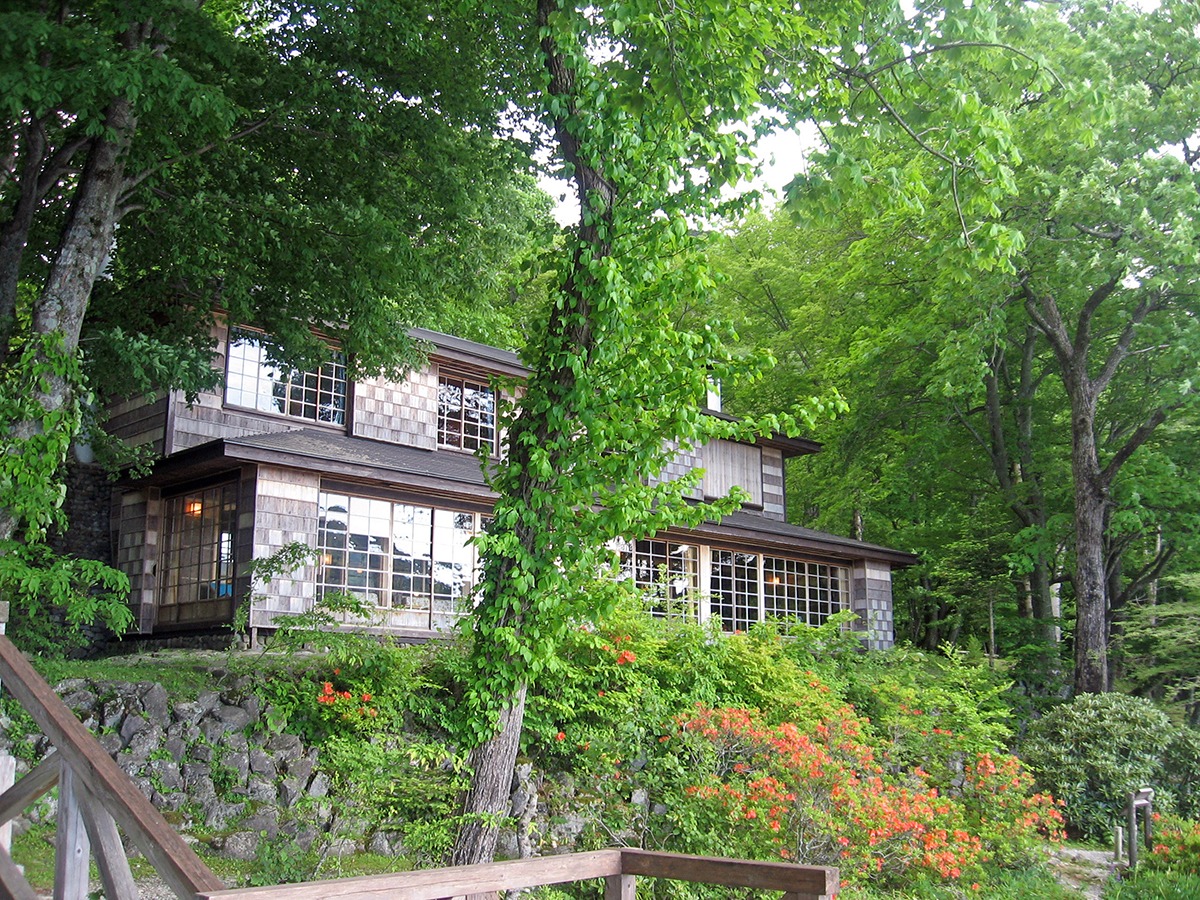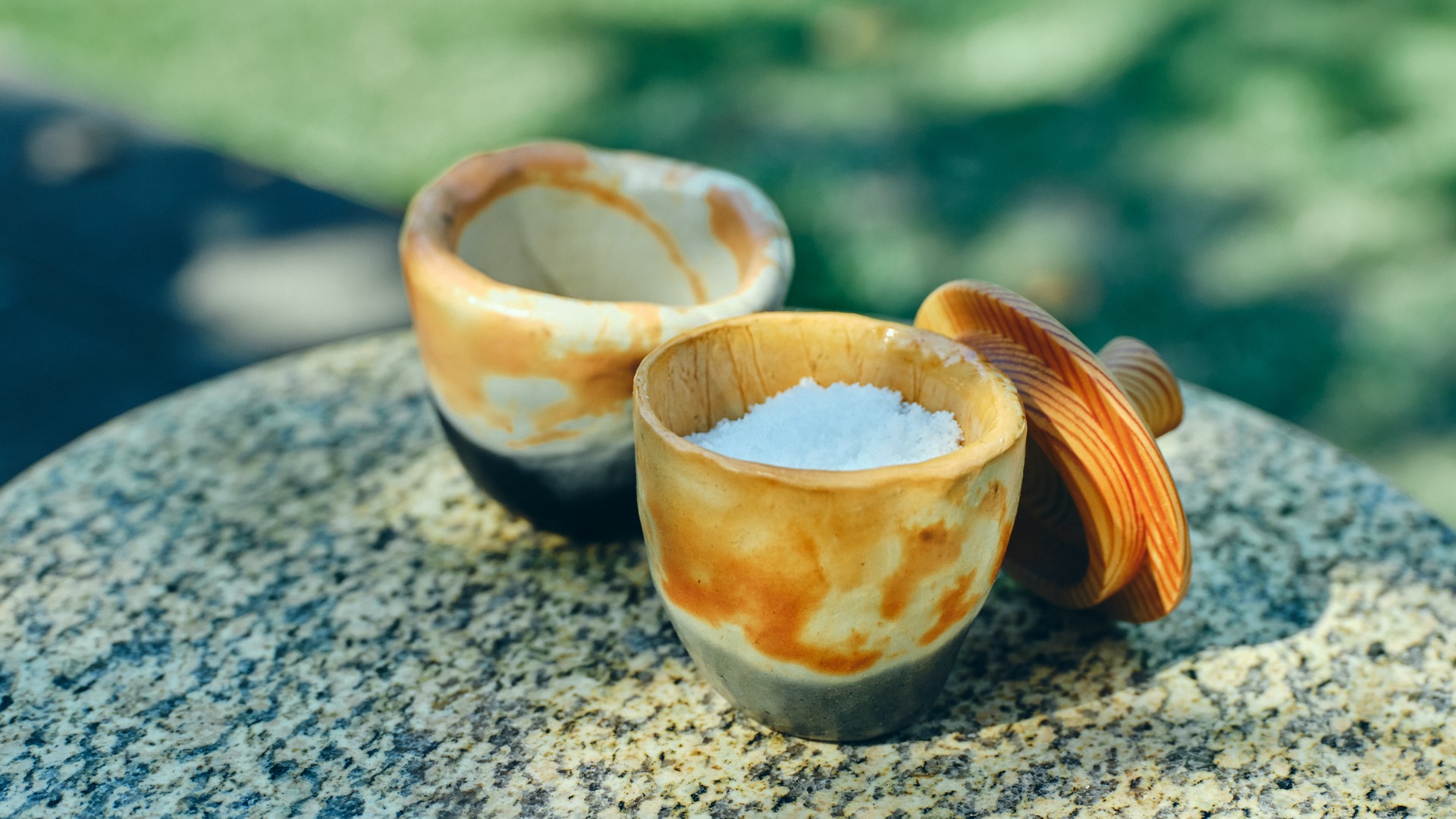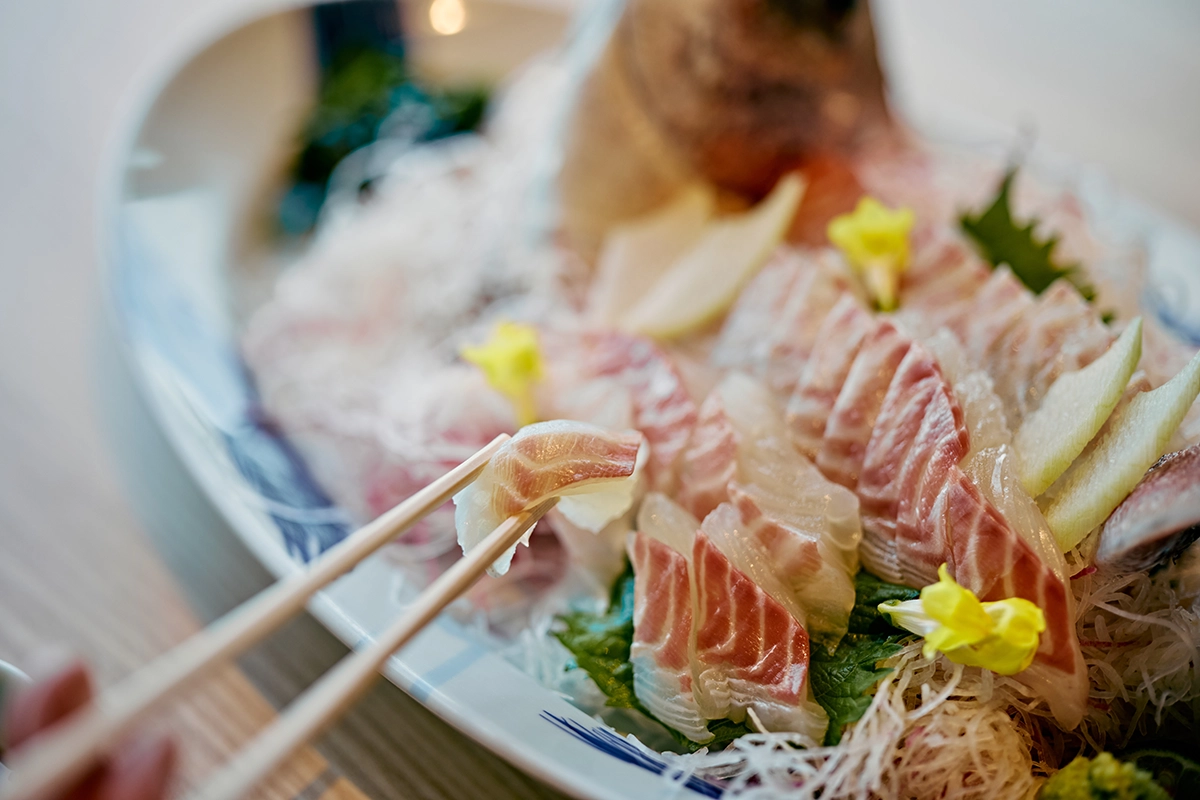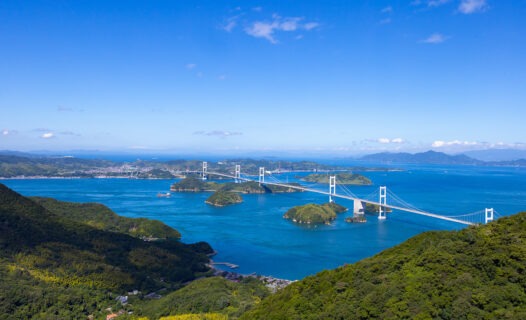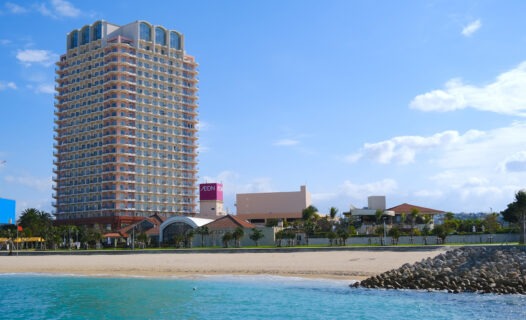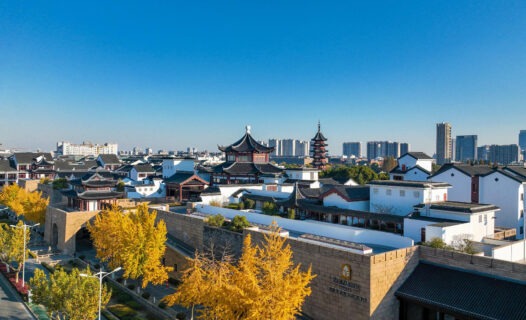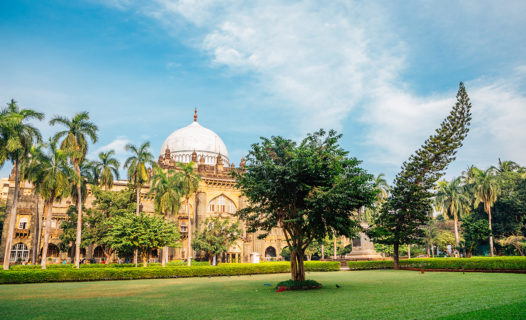Welcome to Japan’s New Year Traditions!
As the clock ticks down to midnight on December 31st, Japan transforms into a magical wonderland, bursting with vibrant celebrations and rich traditions. Among the most captivating customs are the unique bell-ringing ceremonies, which resonate deeply within the cultural fabric of the nation. These New Year’s Eve celebrations in Japan are not just about welcoming the new year; they are steeped in meaning and reflection, offering a moment to cleanse the past and embrace new beginnings.
One of the most iconic aspects of these festivities is the Japanese New Year customs surrounding the ringing of temple bells. The sound of bells echoing through the crisp winter air is a powerful symbol of renewal and hope, inviting both locals and travelers to partake in this time-honored tradition. The cultural significance of bells in Japan extends beyond mere sound; it embodies a spiritual cleansing that resonates with the heart and soul of the Japanese people.
The Significance of Joya no Kane: Understanding the Tradition
At the heart of Japan’s New Year celebrations lies the Joya no Kane, a captivating ceremony that takes place at temples across the country as the year draws to a close. Rooted in Buddhist traditions, this ritual involves ringing a large bell 108 times, each chime representing one of the 108 earthly desires that, according to Buddhist belief, lead to suffering. As each bell tolls, participants reflect on their past year, letting go of negativity and inviting peace and clarity for the year ahead.
The bell-ringing significance is profound; it serves as a reminder to release the burdens of the past and step into the new year with a fresh perspective. The emotional and spiritual significance of this ceremony is palpable, as participants often experience a sense of catharsis and renewal. The atmosphere is charged with a mix of anticipation and reverence, creating a space for personal reflection and communal bonding.
During this time, many people gather at temples, forming lines that stretch into the night, all waiting for their turn to ring the bell. As the final toll echoes through the air, a collective sigh of relief and hope fills the crowd, marking the transition from the old year to the new. This beautiful moment encapsulates the essence of New Year bell ceremonies in Japan, where tradition meets the deeply personal act of reflection.
Key Japanese New Year Customs: A Cultural Overview
Beyond the enchanting sound of bells, Japan’s New Year celebrations are rich with a variety of customs that reflect the nation’s cultural heritage. One of the most cherished traditions is Hatsumode, the first shrine visit of the year. Families often dress in traditional attire and head to shrines to pray for health, happiness, and prosperity in the coming year. The atmosphere is festive, with food stalls offering delicious treats and the air filled with the sounds of laughter and joy.
Another delightful custom is sending nengajo, or New Year postcards, to friends and family. These beautifully designed cards often feature auspicious symbols and messages, and they serve as a way to reconnect with loved ones after the holiday season. The exchange of nengajo is a heartfelt gesture that reinforces the importance of relationships in Japanese culture.
No New Year celebration would be complete without Osechi-ryori, a special assortment of traditional foods prepared for the occasion. Each dish is carefully crafted and holds symbolic meanings, representing wishes for health, wealth, and happiness. Families gather around the table to share this culinary feast, reinforcing bonds and celebrating the new year together.
These Japanese New Year practices highlight the importance of family and community during this festive time. From the ringing of the bells to the sharing of meals, each custom is a thread woven into the rich tapestry of Japan’s New Year traditions, creating a sense of unity and belonging.
Top Temples for Joya no Kane: Where to Experience the Magic
As the New Year approaches, the excitement builds around the Joya no Kane ceremony, and there’s no better way to soak up this tradition than by visiting some of Japan’s most iconic temples. Each temple offers its own unique atmosphere, making your experience truly special. Here are some must-visit temples in Tokyo where you can witness this captivating ritual.
1. Senso-ji Temple
Located in Asakusa, Senso-ji is Tokyo’s oldest temple and a popular spot for New Year celebrations. The temple grounds come alive with thousands of visitors eager to ring in the new year. Arrive early to secure a good spot, as the lines can get long. The atmosphere is festive, with food stalls and traditional performances adding to the excitement.
2. Zojo-ji Temple
Situated near Tokyo Tower, Zojo-ji Temple is another fantastic place to experience Joya no Kane. The temple’s beautiful architecture against the backdrop of the city skyline makes it a picturesque setting. Here, you can immerse yourself in the sound of the bell ringing while enjoying the peaceful ambiance.
3. Meiji Shrine
Meiji Shrine, dedicated to Emperor Meiji and Empress Shoken, is a serene oasis in the heart of Tokyo. The Hatsumode (first shrine visit of the year) is particularly popular here, and many visitors come to participate in the bell ringing. The lush forest surrounding the shrine adds to the tranquil experience, making it a perfect spot for reflection.
4. Hama-Rikyu Gardens
For a unique twist on the traditional temple experience, consider visiting Hama-Rikyu Gardens. While it’s not a temple in the traditional sense, the gardens host a bell ringing event that draws crowds. The beautiful landscape and historical significance of the gardens create a serene backdrop for welcoming the new year.
When planning your visit, keep in mind that most temples open their gates around midnight, and the bell ringing usually starts just before the clock strikes twelve. Arriving early will give you a chance to soak in the atmosphere and participate fully in the celebrations. Whether you’re looking for a spiritual experience or simply want to join in the festivities, these temples offer a magical way to welcome the new year.
Culinary Delights of New Year: Traditional Foods and Their Meanings
Food plays a central role in Japan’s New Year celebrations, with each dish carrying its own unique significance. One of the highlights is Osechi-ryori, a colorful assortment of beautifully arranged dishes, each symbolizing good fortune, health, and prosperity for the upcoming year.
Osechi-ryori
Osechi-ryori is traditionally prepared in advance and enjoyed over the first few days of the New Year. The ingredients are carefully chosen for their auspicious meanings. For example, kuromame (black soybeans) represents health, while datemaki (sweet rolled omelet) symbolizes education and learning. Each bite is a tasty reminder of the hopes and dreams for the year ahead.
Toshikoshi Soba
Another beloved dish is Toshikoshi soba, or “year-crossing noodles.” Eaten on New Year’s Eve, these long buckwheat noodles symbolize longevity and the crossing over from one year to the next. It’s a simple yet profound dish that is often enjoyed with a flavorful broth and garnished with green onions and tempura.
Other Traditional Foods
Beyond Osechi-ryori and Toshikoshi soba, there’s a wealth of other traditional foods to discover. Ozoni, a soup with mochi (rice cakes), is another New Year staple, believed to bring good luck. Each region in Japan has its own variation, making it a fun dish to try in different locales. Don’t forget to sample kuri kinton (sweet chestnut and sweet potato mash), which symbolizes wealth.
These culinary delights not only tantalize the taste buds but also connect you to the rich cultural tapestry of Japan’s New Year traditions. So, make sure to indulge in these festive foods during your visit!
New Year’s Eve Events in Japan: Festivities Beyond the Bell
While the bell-ringing ceremony is a highlight, Japan’s New Year’s Eve celebrations feature a variety of exciting events that cater to all tastes. From fireworks to lively parties, there’s something for everyone to enjoy!
Fireworks Displays
Many cities across Japan host spectacular fireworks displays to ring in the New Year. Tokyo, Yokohama, and Osaka are known for their dazzling shows that light up the night sky. These displays often attract large crowds, so grab a spot early and enjoy the festive atmosphere as you count down to midnight.
Local Celebrations
In addition to the big city events, local neighborhoods often organize their own celebrations. These can range from traditional performances and street food stalls to live music and dance. Joining a local celebration is a fantastic way to immerse yourself in the culture and experience the warmth of community spirit.
New Year’s Eve Parties
If you’re looking for a more modern twist, many bars and clubs in major cities host New Year’s Eve parties that feature live DJs, themed events, and countdown celebrations. Whether you want to dance the night away or enjoy a cocktail with friends, there’s no shortage of options to celebrate in style.
Japan’s New Year’s Eve festivities offer a delightful mix of tradition and modernity, ensuring that you’ll have a memorable experience no matter how you choose to celebrate!
Day-by-Day Itinerary for Experiencing New Year in Japan
Ready to dive into the heart of Japan’s New Year celebrations? Here’s a suggested itinerary that will help you make the most of your festive adventure, combining traditional customs, delicious food, and vibrant events.
Day 1: December 31st – Countdown to the New Year
Start your day with a visit to a local shrine to soak in the atmosphere. Spend the afternoon exploring the streets filled with festive decorations and delicious food stalls. As evening approaches, head to your chosen temple for the Joya no Kane ceremony. After ringing the bell, join in the celebrations with fireworks or a local party.
Day 2: January 1st – Hatsumode
Kick off the New Year with Hatsumode, the first shrine visit of the year. Dress in traditional attire if you can, and make your way to a popular shrine like Meiji Shrine. Enjoy the festive atmosphere, sample delicious street food, and participate in the rituals, including the purchase of omamori (charms) for good luck.
Day 3: January 2nd – Culinary Exploration
Take a culinary journey by trying different types of Osechi-ryori at local restaurants or markets. Consider taking a cooking class to learn how to make traditional New Year dishes. In the evening, enjoy a warm bowl of Toshikoshi soba as you reflect on the past year and set intentions for the year ahead.
Day 4: January 3rd – Cultural Experiences
Spend your final day visiting cultural sites and participating in local events. Check out art exhibitions or traditional performances that celebrate the New Year. Consider visiting local markets for unique souvenirs and decorations to remember your trip.
This itinerary is just a starting point; feel free to customize it based on your interests and the specific events happening during your visit. Japan’s New Year celebrations are a wonderful opportunity to immerse yourself in the culture and create lasting memories!
Fun Facts About Japan’s New Year Traditions
Did you know that Japan’s New Year traditions are filled with intriguing facts that make the celebrations even more fascinating? Here are some fun tidbits to impress your friends and enrich your experience!
1. The Bell’s Significance
The Joya no Kane ceremony is not just about ringing a bell; it’s a profound act of reflection. The 108 tolls symbolize the 108 earthly desires in Buddhist belief, making each chime a reminder to let go of negativity.
2. Nengajo Postcards
Sending nengajo postcards is a popular custom, and there’s even a special postal service that ensures these cards arrive on New Year’s Day. The designs often include zodiac animals, auspicious symbols, and heartfelt messages.
3. The Zodiac Influence
Each year in Japan is associated with one of the 12 zodiac animals, and this influences various customs and celebrations. For instance, the year 2023 is the Year of the Rabbit, which is believed to bring peace and prosperity.
These fun facts not only enhance your understanding of Japan’s New Year traditions but also make for great conversation starters as you celebrate!
Practical Information for Travelers: Tips for a Memorable New Year
As you prepare for your New Year adventure in Japan, here are some practical tips to ensure a smooth and enjoyable experience.
Transportation
Public transportation is incredibly efficient in Japan, but expect crowds during the New Year period. Trains and buses may run on holiday schedules, so check ahead for timings. Consider purchasing a prepaid Suica or Pasmo card for easy travel.
Temple Opening Hours
Most temples open their gates around midnight for the Joya no Kane ceremony and remain open on New Year’s Day for Hatsumode. Be prepared for long lines, especially at popular temples, and bring warm clothing as it can get chilly!
Safety Guidelines
Japan is known for its safety, but it’s always good to stay aware of your surroundings, especially in crowded areas. Keep your belongings secure and be respectful of local customs and traditions.
With these tips in hand, you’re ready to embrace the magic of Japan’s New Year celebrations. Enjoy the festivities, and don’t forget to take plenty of photos to capture the memories!
Sustainability and Conservation Focus: Celebrating Responsibly
As you revel in Japan’s New Year traditions, consider the importance of sustainable tourism. Celebrating responsibly not only honors the culture but also supports the local community and environment.
Eco-Friendly Practices
Many temples and shrines are now implementing eco-friendly practices, such as reducing plastic use and promoting recycling. When participating in New Year festivities, be mindful of your waste and opt for reusable items whenever possible.
Support Local Businesses
During your visit, support local artisans and businesses by purchasing handmade souvenirs and traditional foods. This not only enhances your experience but also helps sustain the local economy and culture.
By celebrating responsibly, you can enjoy the rich traditions of Japan while contributing to the preservation of its cultural heritage. Let’s make this New Year celebration a positive impact on both you and the wonderful places you visit!
Shopping Guide: Souvenirs and New Year Decorations
What better way to remember your trip than by bringing home a piece of Japan’s New Year festivities? Here’s a shopping guide to help you find unique souvenirs and decorations.
Popular Shopping Destinations
Explore local markets and shopping districts for a variety of New Year decorations. Places like Nakamise Street in Asakusa and the bustling streets of Harajuku offer a treasure trove of traditional crafts, from kagamimochi (decorative rice cakes) to shimekazari (New Year decorations made of straw).
Local Crafts
Look for handmade items that showcase Japan’s rich craftsmanship. Items such as furoshiki (wrapping cloth) and kokeshi dolls make for thoughtful gifts that reflect the beauty of Japanese culture.
Don’t forget to check out local food markets for delicious treats to take home, like mochi or wagashi (traditional sweets). These edible souvenirs are sure to delight your friends and family!
Seasonal Travel Insights: Weather and Best Times to Visit
Japan in winter is a sight to behold, especially during the New Year celebrations. Here’s what to expect in terms of weather and packing tips.
Weather Overview
During the New Year season, Japan experiences cold weather, with temperatures ranging from 0°C to 10°C (32°F to 50°F). While snowfall is common in northern regions, Tokyo typically enjoys crisp, clear days. Be prepared for chilly evenings, especially if you’re attending outdoor celebrations.
Packing Tips
Pack layers to stay warm, including a good winter coat, gloves, and a scarf. Comfortable walking shoes are a must, as you’ll be exploring temples and markets. Don’t forget a camera to capture the stunning winter landscapes and festive moments!
With the right gear, you’ll be ready to enjoy all that Japan has to offer during this magical time of year.
Commonly Asked Questions (FAQs) About New Year in Japan
Curious about Japan’s New Year celebrations? Here are some frequently asked questions to help you prepare for your trip!
What is Joya no Kane?
Joya no Kane is the New Year’s Eve bell-ringing ceremony held at temples across Japan. The bell is rung 108 times to symbolize the release of earthly desires and the welcoming of the new year.
What is Hatsumode?
Hatsumode is the first shrine visit of the year, where people go to pray for health, happiness, and prosperity. It’s a cherished tradition that many families participate in together.
What traditional foods should I try during New Year?
Be sure to try Osechi-ryori, Toshikoshi soba, and ozoni. Each dish has its own significance and adds to the festive spirit of the New Year.
These FAQs should help clear up any uncertainties you may have and make your experience even more enjoyable!
Japan’s New Year celebrations are a remarkable blend of ancient traditions and modern festivities. From the spiritual significance of the bell-ringing ceremonies to the delightful culinary customs, there’s so much to discover. Embrace the rich culture, connect with the locals, and create unforgettable memories as you celebrate this magical time of year!

